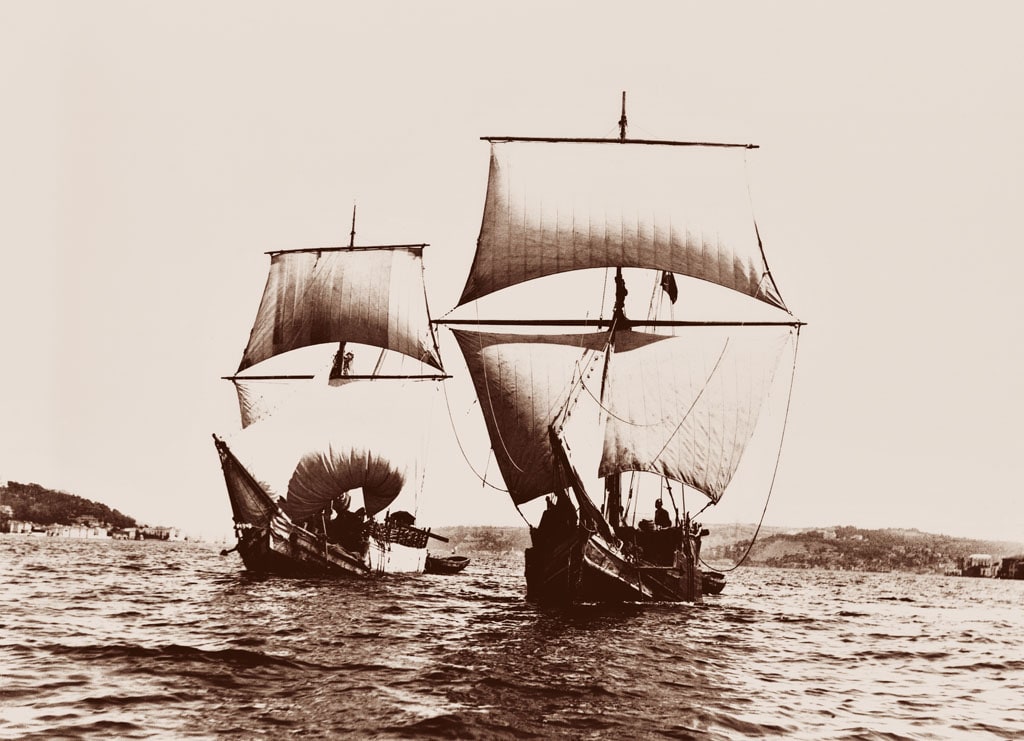Hand of Another focuses on films that question the gap between people in a society where distances close and opportunities grow.
Bringing together a collection of films that challenge the norms of conventional cinema through innovative expression, Hand of Another presents works of contemporary cinema that have not been released in Turkey while also reintroducing obscure older films to a new audience. A talk will be held after each screening. Hand of Another film screening series is presented by Pera Film in partnership with Fol.
This program’s screenings and events are free of admissions. Drop in, no reservations.
What is Fol?
Fol is an Istanbul-based film society that attaches importance to and aims to share the alternative experiences offered by film and video. Established in 2015 by Burak Çevik, Fol continues its film screenings in various locations across Istanbul.

in collaboration
March 15
19:00 Those Who Are Fine
March 15
19:00 Those Who Are Fine
Program Trailer

I remembered a game as I was waiting in the passenger lounge for the ferry to arrive just a few minutes ago. A game we used to play at home when I was young, in my country that is very far away from here, a relic from the distant past; I don’t even remember how we used to play it. The kind of game that makes me feel a thousand times lonelier than I already am among the crowd waiting to get on the ferry.

Ali Sami is born in Rusçuk in 1866, and moves to İstanbul. Because his family is registered in the Beylerbeyi quarter of Üsküdar, Ali Sami is also called Üsküdarlı Ali Sami. He graduates from the Mühendishane-i Berri-i Hümayun in 1866 and becomes a teacher of painting and photography at the school.
Tuesday - Saturday 10:00 - 19:00
Friday 10:00 - 22:00
Sunday 12:00 - 18:00
The museum is closed on Mondays.
On Wednesdays, the students can
visit the museum free of admission.
Full ticket: 300 TL
Discounted: 150 TL
Groups: 200 TL (minimum 10 people)